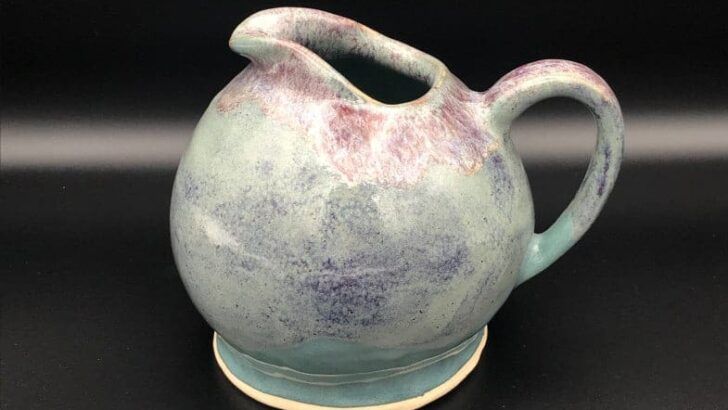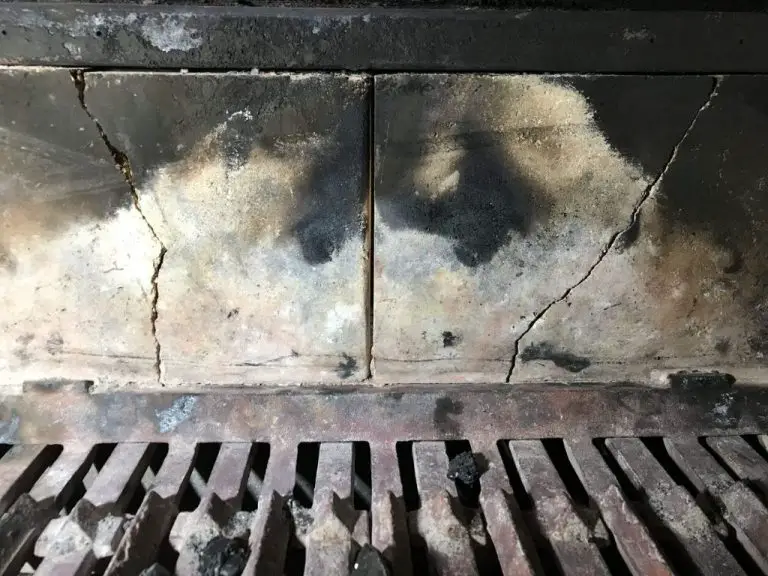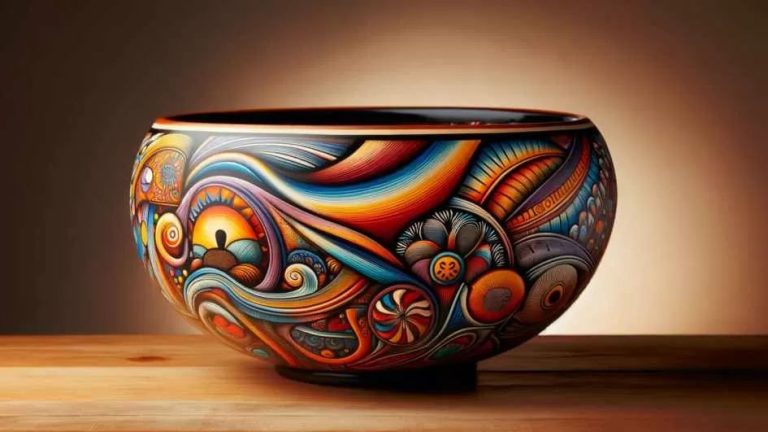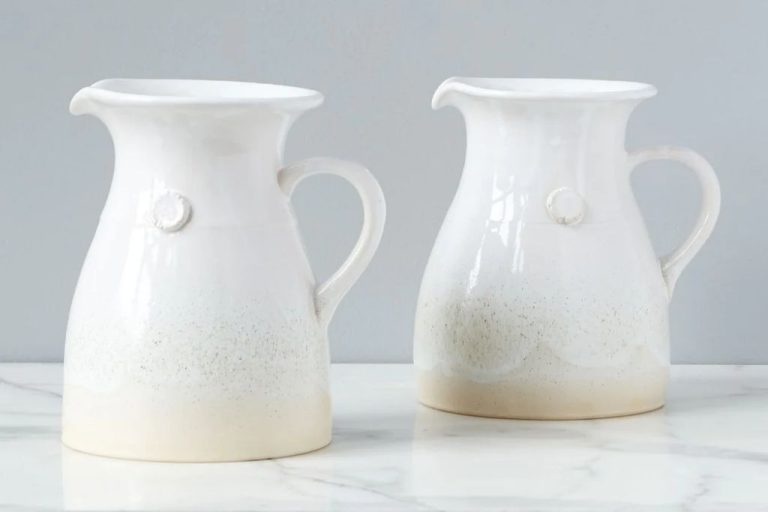What Did People Make With Clay?
Clay is a naturally occurring material composed primarily of fine-grained minerals, which is plastic when wet and hard when fired. There are many types of clay that can be found worldwide, but the most common varieties used for pottery and crafting objects are earthenware, stoneware, and porcelain.
Clay has several unique properties that have made it an ideal material for crafting objects for thousands of years. It is moldable and pliable in its wet state, allowing it to be shaped into endless forms and designs. When left to dry, the clay becomes hard and retains its shape. Clay can also be fired or baked at high temperatures in a process called ceramics, which causes physical and chemical changes that further harden and strengthen it.
The workability of clay while wet, its durability when dry and fired, its availability around the world, and its potential to be transformed into beautiful objects and designs have made it one of the most ubiquitously used materials throughout human history. In this article, we will explore the many types of objects that humans have crafted from this versatile material over the millennia.
Figurines
Some of the oldest known clay figurines date back over 13,000 years ago to the Jomon period in Japan. One notable example is the Aidani Kumahara figurine, dated to around 11,000 BCE. This figurine depicts a nude female form with pronounced breasts and no arms or legs (https://archaeology.jp/sites/2011/aidani.htm). Another early Japanese clay figure is the “Dogū” statue, featuring a humanoid form with large hips, breasts and embellished facial features (https://jomonarts.com/home-2/clay-figurines/948-2).
Clay animal figurines were also created in ancient times. Archeologists have found horse, cattle, and bird figurines from ancient Mesopotamia dating back to 3000 BCE. In ancient Egypt, cats, hippos, and other animals were molded from Nile clay. Greek artisans formed miniature animal figurines that were often used as votive offerings at temples.
One of the most iconic prehistoric clay artifacts are the “Venus figurines” found across Europe. These exaggerated female forms featuring large breasts, hips, and stomachs were created between 28,000 – 25,000 BCE. The Venus of Willendorf from Austria is one of the most famous. These figures likely had ritual significance and were seen as symbols of fertility.
Pottery
Pottery making dates back thousands of years across many cultures. Some of the earliest known pottery has been discovered in China, dating to 20,000-10,000 BCE. According to one source, pottery was also made during the Jomon period in Japan starting around 14,500 BCE. The earliest pottery was often hand molded from clay and fired at low temperatures in open fires or pit kilns.
Ancient Mesopotamia and Egypt also developed sophisticated pottery between 5000-3000 BCE. Mesopotamian pottery included painted designs, while Egyptian pottery featured beautiful glazes. The ancient Greeks and Romans further refined pottery techniques with the potter’s wheel and high-temperature kilns allowing thinner walls and more complex shapes. Chinese pottery continued advancing with the development of porcelain during the Tang dynasty in the 8th century CE.
In the Americas, pottery was also independently invented by indigenous cultures starting between 4000-2000 BCE. South American cultures like the Valdivia in Ecuador created ceramic pots and figurines, while the Jomon in Japan and Ancient Puebloans in the American Southwest specialized in painted geometric designs.
Overall, the history of pottery illustrates how human creativity and innovation evolved across continents and millennia, with pottery always playing an essential role in societies worldwide.
Tiles
Clay tiles have been used to cover floors, walls, and roofs for thousands of years. The earliest evidence of clay tiles comes from China, where fired clay tiles were used as early as the Neolithic period over 10,000 years ago. From China, the knowledge and techniques for making clay tiles spread westward to ancient Mesopotamia and the Mediterranean.
By about 4,000 years ago, clay tiles were being used extensively for roofing in ancient Egypt and the Mediterranean region. Clay roof tiles offered durability, fire resistance, and insulation from the heat. The Romans widely adopted clay roof tiles, spreading their use across their empire. Roman clay tiles were often carved with elaborate decorative designs.
In Europe during the Middle Ages, clay tiles continued to be popular for roofing, floors, walls, and even stoves due to their durability, longevity, and decorative potential. Clay floor and wall tiles were produced in vivid colors using rich glazes. Decorative tile murals and mosaics became an important form of artistry. Clay roof tiles remain common in Europe today.
Around the world, fired clay tiles are still used extensively today for roofing and flooring due to their aesthetic appeal, durability, fire resistance, and insulating abilities. Clay tiles lend beauty, character, and elegance to both interiors and exteriors.
Bricks
Bricks date back over 5,000 years to ancient Mesopotamia, where sun-dried mud bricks were used for construction. The earliest fired bricks appeared around 3,000 BC in ancient Egypt and the Indus Valley. These civilizations shaped bricks from clay and hardened them in kilns. Fired bricks were more durable than sun-dried mud bricks and allowed for larger and more complex structures to be built 1.
Brickmaking methods improved over the centuries. In the 12th century, brickmakers in Germany and the Netherlands developed a new extrusion technique that allowed for stronger, more uniform bricks. Frogged bricks with indentations to hold mortar were also invented at this time. By the 1700s, stiff-mud extrusion and Hoffman kilns allowed mass production of bricks in England, fueling the Industrial Revolution.
Architecturally, bricks moved beyond simple walls to more ornamental uses. Arches, vaults, and domes were constructed from brick. By the 20th century, brick curtain walls allowed for lightweight, earthquake-resistant skyscrapers. Today, bricks continue to be a versatile, strong, and appealing building material 2.
Sculptures
Clay has been used to create sculptures for thousands of years. Some of the most famous clay sculptures include:
The Venus of Willendorf, a 4.4 inch statuette of a female figure dating back to 22,000 – 24,000 BCE. It is considered one of the oldest known works of sculptural art. https://www.gettyimages.com/photos/famous-clay-sculptures
Terracotta Army, consisting of over 8,000 life-size clay soldiers, created around 210 BCE to guard the tomb of Qin Shi Huang, the first Emperor of China.
Michelangelo’s David, a 17-foot marble statue depicting the Biblical hero David, completed in 1504. The original model was sculpted from clay before being transferred to marble.
The Thinker by Auguste Rodin, a bronze sculpture completed in 1902 that depicts a nude male figure in a pensive pose. Rodin’s original was modeled from clay.
Clay continues to be a popular medium for sculptors today, allowing complete artistic flexibility to mold the material into any shape. Contemporary clay sculptors work in both figurative and abstract styles to create unique works of art.
Toys
Clay has been used to make toys for thousands of years. Some of the earliest clay toys date back to 2500 BC in the Indus Valley civilization, where small animal and human figurines were created.“DEVELOPMENT OF TOYS IN HISTORICAL …
Clay marbles, spinning tops, and whistles were popular clay toys in many ancient cultures. Clay marbles were made by rolling clay into a ball and letting it dry. Spinning tops were formed on a lathe into a conical shape with a point on the bottom so they could spin easily. Whistles were made by carving out hollow clay balls or animal shapes with a hole that would make a sound when blown into.
In Russia, the craft of Dymkovo toy making emerged in the 18th century. Dymkovo toys were moulded painted clay figures of people and animals. Dymkovo toys became one of the old Russian folk art traditions still continued today.
Jewelry
Clay has been used to create jewelry and personal adornments for thousands of years. Some of the earliest known jewelry made from clay includes clay beads and pendants found at Neolithic sites dating back to around 3000 BCE.
Polymer clay in particular became popular for jewelry making starting in the mid-20th century. Polymer clay can be shaped, baked to harden, and painted to create colorful, lightweight beads, pendants, charms, buttons, and other components for jewelry. Common polymer clay jewelry techniques include caning to create patterned beads, mixing colors and textures, adding inclusions like glass or metals, sanding/polishing, and painting finished pieces. Polymer clay is prized for jewelry because it takes color well, has a smooth finished texture, and does not require glazing or sealing after baking.
Historic uses of clay in jewelry include ancient Egyptian faience beads and amulets, Greek terracotta figurines and pendants, Roman glass and clay mosaic jewelry, and Victorian porcelain cameos. No matter the time period, clay’s versatility, workability, and colorful finishing possibilities make it an enduring material for personal adornment and DIY jewelry projects.
Cookware

Clay pots have been used for cooking for thousands of years. The earliest known clay cookware dates back to at least 6000 BC in China. Clay pots were also used extensively for cooking in ancient Egypt, Mesopotamia, Greece and Rome [1]. Cooking pots and other vessels were important items that were sometimes placed in graves as funeral offerings.
Clay pots used for cooking have evolved over the centuries. Unglazed earthenware cooking pots were commonly used around the world until more modern materials like cast iron and aluminum became available. Traditional clay pot cooking is still used in many cultures today. The porous nature of unglazed clay allows steam to pass through the walls, resulting in even cooking and infusing more flavor. Modern glazed ceramic cookware provides an impermeable and non-reactive surface for cooking. Clay cookware remains popular today for stovetop cooking and baking dishes [2].
Conclusion
Clay has been a versatile and enduring material used by humankind for millennia. Across different cultures and time periods, clay has allowed people to make functional objects like cookware and structural materials like bricks. It has also enabled more creative and decorative items like figurines, jewelry, and sculpture. The popularity and longevity of clay stems from its abundance, its plasticity when wet, and its durability once fired. As civilization has evolved, clay crafting has persisted because it supplies our everyday needs while also feeding our creative spirit. In summary, clay’s versatility, accessibility and malleability have made it a material of choice for meeting both practical and artistic goals over the entirety of human history.





